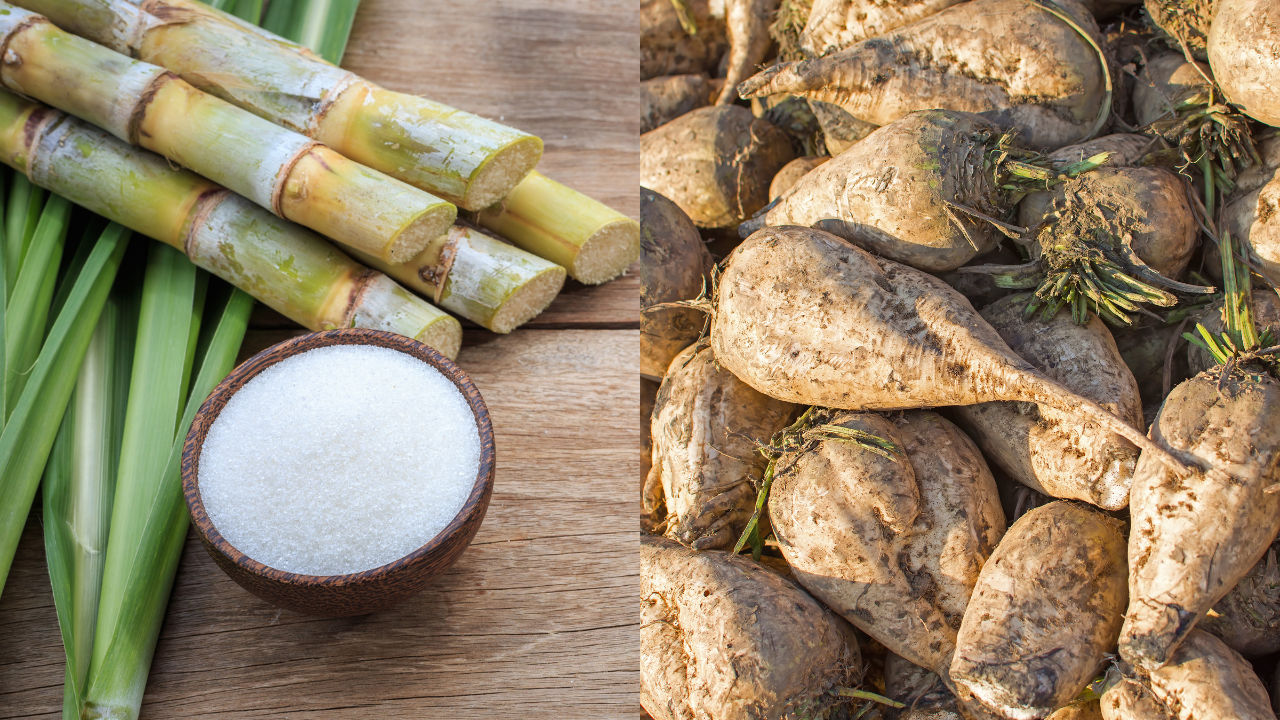Comprehending the Nutritional Advantages of Beetroot Sugar Vs Walking Cane Sugar for Wellness Conscious Customers
When examining the dietary ramifications of beetroot sugar versus walking stick sugar, health-conscious customers locate that both ranges mainly are composed of sucrose and deal similar caloric worths, each adding around 16 calories per tsp. Regardless of this resemblance, neither type confers significant wellness benefits, as they are devoid of important nutrients. Exploring the broader influences, consisting of environmental considerations and lasting health and wellness impacts of sugar consumption, could brighten a lot more nuanced distinctions in between these 2 sugars.
Nutritional Account and Caloric Value of Beet Sugar and Walking Cane Sugar
Although both beetroot sugar and walking stick sugar are mostly composed of sucrose, their dietary accounts and caloric worths are remarkably similar. Each gives about 16 calories per teaspoon and is composed practically totally of carbohydrates, with very little quantities of protein or fat. These sugars likewise do not have substantial amounts of vitamins or minerals. The improvement procedure remove a lot of the integral nutrients, rendering both kinds virtually identical in terms of nourishment. There are trace differences in the impurities that continue to be after processing, which can a little influence the taste and color of the sugars, but these are minimal in terms of health effect. For consumers focusing on nutritional effect, the choice in between beetroot and cane sugar is extra regarding personal choice or potential environmental problems as opposed to dietary distinctions. Both ought to be eaten in moderation within a balanced diet regimen because of their high calorie web content and lack of essential nutrients (beet sugar vs cane sugar).
Ecological Effect and Sustainability of Sugar Production
While the nutritional distinctions in between beet sugar and walking stick sugar are minimal, their production procedures present even more considerable differences, especially in terms of environmental influence and sustainability. In contrast, beetroot sugar manufacturing normally calls for less land and can be cultivated in even more temperate climates, which may lower the need for watering and the affiliated water resource exhaustion.
However, beetroot farming is not without its ecological obstacles; it involves considerable power inputs, especially in the northern environments where it is expanded, due to the need for longer heating periods in sugar processing. Both sugar beetroot and sugar walking cane sectors are discovering more sustainable practices, including crop rotation, natural farming, and boosted waste monitoring strategies to mitigate these impacts.
Health Impacts and Recommendations for Sugar Usage
In spite of their very little nutritional differences, both beet sugar and cane sugar can have harmful health and wellness effects when consumed in unwanted. High intake of either type of sugar contributes to browse around this web-site a series of wellness concerns, consisting of weight problems, type 2 diabetes, and heart problem. Both sugars are pure sucrose and offer no important nutrients besides calories, resulting in rapid spikes in blood sugar degrees upon consumption.


Final Thought
